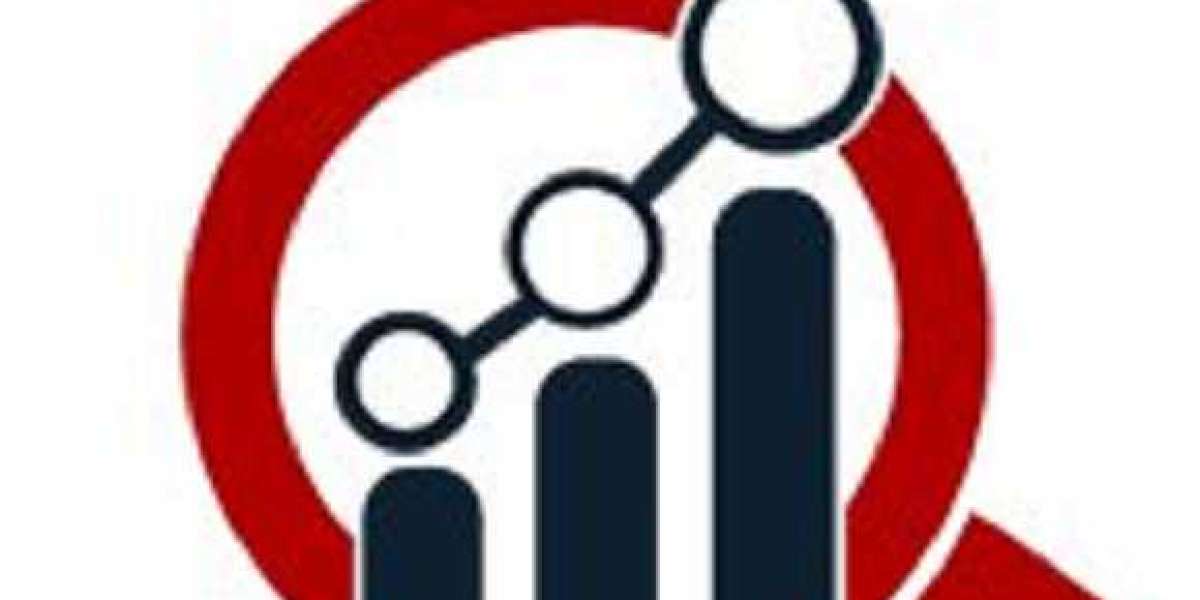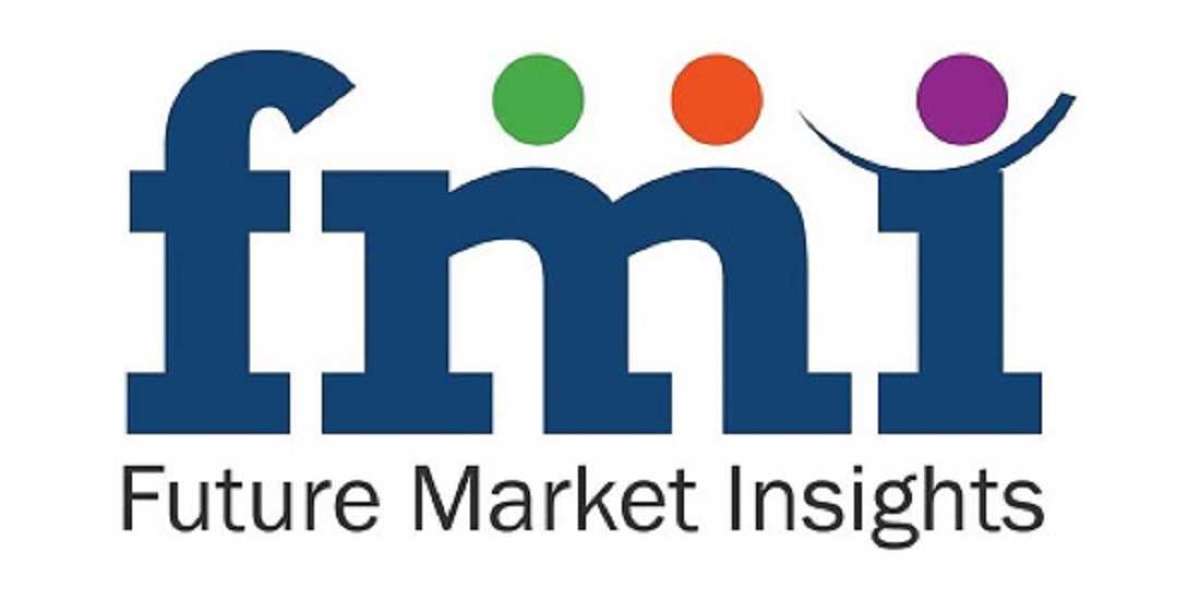The race to deliver applications quickly and securely is more critical than ever. Achieving a harmonious collaboration between DevOps and security teams is akin to orchestrating a symphony. Unfortunately, the workflows of these two essential teams often diverge, and the challenge lies in aligning them seamlessly without disrupting the well-oiled development process. In the face of cyber threats, “App Security Is A Team Sport” champions a holistic approach, emphasizing the cooperative efforts of developers, QA teams, and stakeholders in building an impervious shield for applications. While DIY-integrated toolchains promise to be accelerators, they bring along a suite of challenges, introducing complexities that can compromise the unity of the entire application delivery team.
The DevOps-Security Dilemma:
DevOps teams are focused on speed, agility, and continuous delivery, aiming to meet the demands of an ever-evolving digital landscape. On the flip side, security teams are tasked with mitigating risks, ensuring compliance, and fortifying applications against vulnerabilities. The inherent differences in their objectives pose a challenge when attempts are made to integrate their workflows.
DIY-Integrated Toolchains: Catalysts for Acceleration and Complexity:
In the quest to bridge the gap between DevOps and security, many organizations turn to DIY-integrated toolchains. These toolchains promise to accelerate application delivery by seamlessly embedding security measures into the development pipeline. However, the acceleration comes at a cost.
- Complexity: The introduction of each new tool adds layers of complexity to the development process. Managing a multitude of tools, each with its unique interface and configuration can overwhelm the entire application delivery team.
- Islands of Data: The adoption of various tools often leads to the creation of islands of data. Different tools collect information independently, resulting in fragmented visibility and hindering a comprehensive understanding of the application security landscape.
- Inconsistent Security Settings: DevOps and security teams may prioritize security settings differently. The lack of synchronization can result in inconsistent security configurations, potentially leading to vulnerabilities.
- Reporting Challenges: The disjointed nature of DIY-integrated toolchains complicates the process of generating unified reports. This lack of cohesive reporting hampers decision-making and the ability to respond effectively to security threats.
- Compliance Issues: Meeting regulatory and compliance standards becomes precarious when each tool adheres to its compliance measures. A cohesive approach to compliance is compromised, posing potential risks to the organization.
Impact on Collaboration and Governance:
The repercussions of using DIY-integrated toolchains extend beyond technical challenges. The entire application delivery team, including project managers, developers, testers, operations, and security teams, is affected. Visibility and governance become constrained, and the teams find themselves playing different games rather than collaborating on a shared goal.
Reach Out for Support: https://devopsenabler.com/contact-us
A Unified Approach: Forging a Common Path:
To overcome these challenges, organizations must shift towards a unified approach to application security, one that harmonizes the workflows of DevOps and security teams. Rather than adding more tools to the mix, the focus should be on integrated security solutions that seamlessly align with existing processes.
Key Strategies for a Unified Approach:
- Collaborative Selection: Choose tools that cater to the needs of both DevOps and security, ensuring that the selected solutions facilitate a shared understanding of security goals.
- Automated Integration: Implement automated security checks and tests within the CI/CD pipeline. This ensures that security measures are an integral part of the development process without impeding speed.
- Centralized Reporting: Opt for solutions that provide centralized reporting and governance features. This enables the entire team to have a cohesive view of the application security landscape, fostering better collaboration and decision-making.
- Compliance Integration: Select tools that seamlessly integrate compliance measures into the development pipeline. This ensures that applications adhere to regulatory standards without compromising speed or security.
It's crucial to strike the right balance. While DIY-integrated toolchains may promise acceleration, the costs in terms of complexity, data islands, inconsistent settings, reporting challenges, and compliance issues can outweigh the benefits. A unified approach that aligns the workflows of DevOps and security teams is the key to navigating these challenges, ensuring that all members of the application delivery team are playing the same game and working towards a common goal.
Contact Information:
- Phone: 080-28473200 / +91 8880 38 18 58
- Email: [email protected]
- Address: #100, Varanasi Main Road, Bangalore 560036.








